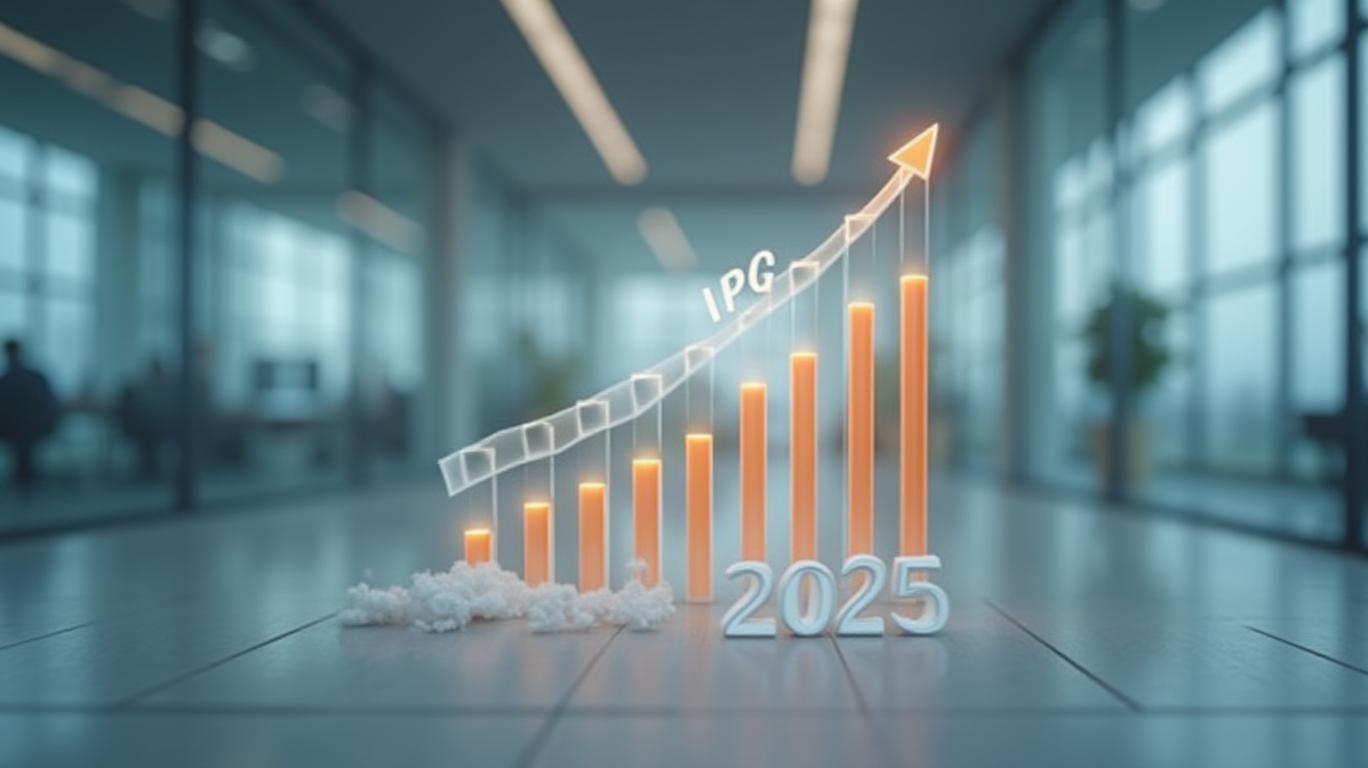Interpublic Group Navigates Restructuring Headwinds Amid Revenue Challenges
The Interpublic Group (IPG) delivered a mixed performance in its Q1 2025 earnings report, reflecting the complexities of its strategic restructuring and the broader macroeconomic environment. While revenue declined sharply year-over-year, the company’s focus on cost discipline and its planned merger with Omnicom underscore a long-term vision to rebuild resilience. Below, we dissect the key takeaways for investors.
Revenue Under Pressure, but Margins Hold Steady
IPG’s total revenue fell 6.9% to $2.32 billion in Q1 2025, driven by three factors: a 3.7% drop from non-core business divestitures, a 3.6% organic revenue decline (largely due to lost client accounts), and a 1.2% drag from foreign currency headwinds. Net revenue (excluding billable expenses) dropped 8.5% to $2.0 billion. Despite these challenges, the adjusted EBITA margin held steady at 9.3%, nearly unchanged from 9.4% in Q1 2024. This stability suggests operational efficiency gains are offsetting top-line pressures.

Restructuring Costs Highlight Strategic Priorities
The $203.3 million restructuring charge in Q1—aimed at consolidating operations and reducing structural costs—was the primary driver of the $42 million operating loss. While painful in the short term, management emphasized that these actions will yield annualized savings exceeding initial expectations. By streamlining corporate functions and enhancing service offerings (e.g., production and analytics), ipg aims to position itself for post-merger synergies with Omnicom.
The restructuring also reduced salaries and benefits by 10.1%, though office expenses rose slightly due to rising tech and software costs. These trade-offs reflect a deliberate shift toward capital-light, data-driven capabilities.
Merger with Omnicom: The Catalyst for Long-Term Growth
The pending acquisition by Omnicom remains central to IPG’s outlook. Management reiterated that the combined entity would achieve $250 million in annual synergies by 2027, driven by overlapping client relationships, shared technology platforms, and cost efficiencies. The merger’s expected close in late 2025 could also alleviate IPG’s reliance on volatile client budgets, as Omnicom’s broader portfolio diversifies risk.
Risks and Near-Term Challenges
Despite strategic progress, near-term risks remain. The organic revenue decline of 3.6% highlights ongoing client retention issues, while macroeconomic uncertainty continues to weigh on marketing spend. IPG’s decision to maintain dividends ($125.3 million paid in Q1) and repurchase shares ($90 million) signals confidence in liquidity—its cash balance remains robust at $1.87 billion—but investors must monitor whether the dividend could be at risk if margins weaken further.
Conclusion: Positioning for a Post-Merger Future
IPG’s Q1 results are a snapshot of a company in transition. While short-term pain from restructuring and revenue declines is evident, the strategic focus on cost savings, data-driven services, and the Omnicom merger provides a credible path to recovery. Key data points support this narrative:
- Adjusted EBITA margin stability (9.3%) demonstrates operational resilience despite revenue headwinds.
- $250 million in projected merger synergies could reaccelerate growth by 2027.
- $1.87 billion in cash and a disciplined balance sheet offer flexibility to navigate macro risks.
Investors should weigh the near-term pain against the long-term upside. If the merger proceeds as planned, IPG’s restructuring investments could position it to capture market share in an industry increasingly favoring integrated, tech-enabled solutions. For now, the stock’s valuation—currently trading at a forward P/E of 12.5x (vs. its 5-year average of 15x)—reflects these uncertainties. However, the merger’s success or failure will likely determine whether IPG’s restructuring efforts pay off in the years ahead.
In sum, IPG’s Q1 results are a mixed bag, but the company’s strategic alignment with Omnicom and its focus on margin preservation suggest that patience may be rewarded.



_e45148e31749146201654.jpeg)






